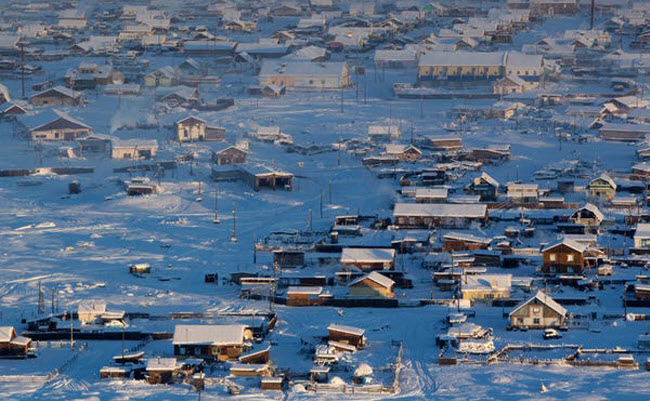When the 512 residents of Oymyakon stepped outside on Wednesday morning, the temperature was -48°C. It was brisk. But the worst was yet to come: temperatures were expected to drop during the day to -53°C. According to Météo France, this made Oymyakon, on January 18, the coldest inhabited place in the world.
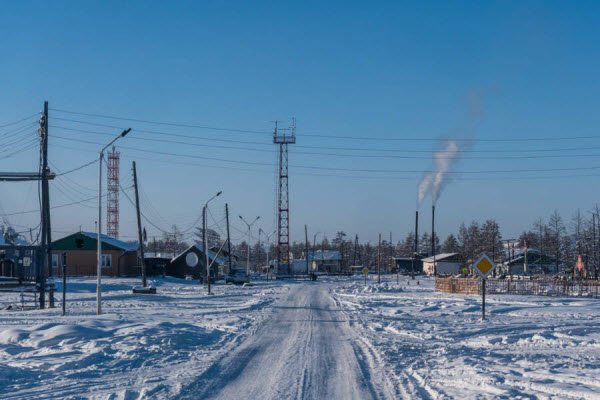
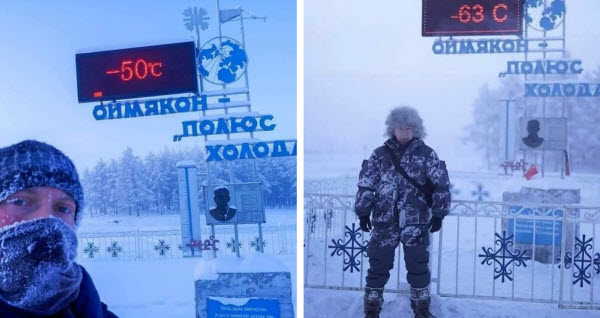
A lucky break for the village’s children: they were given a day off school! When the mercury drops below -52°C, the authorities in Oymyakon consider it too cold and prefer that everyone stays warm indoors. But at -51°C, it’s back to school for everyone!
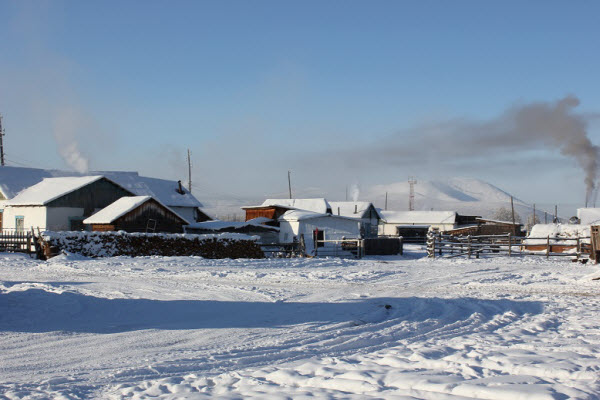
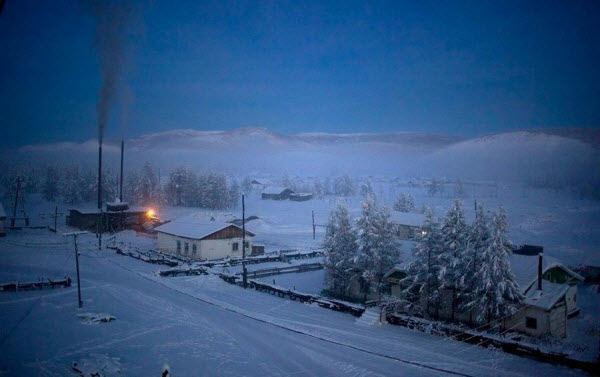
To put it in perspective, Oymyakon is located in the far east of Russia, 9,243 kilometers from Moscow by road. This journey takes (when all goes well) 126 hours. Sometimes there is a plane, but not all year round. In short, it is very far and extremely isolated.
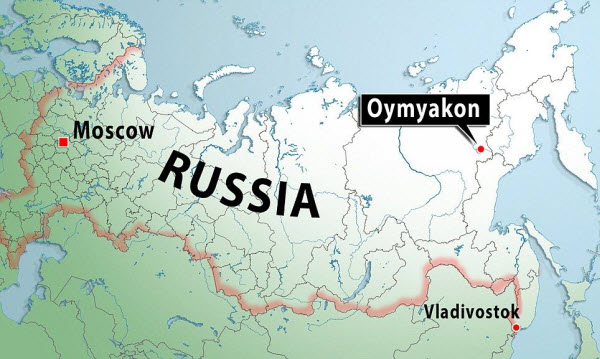
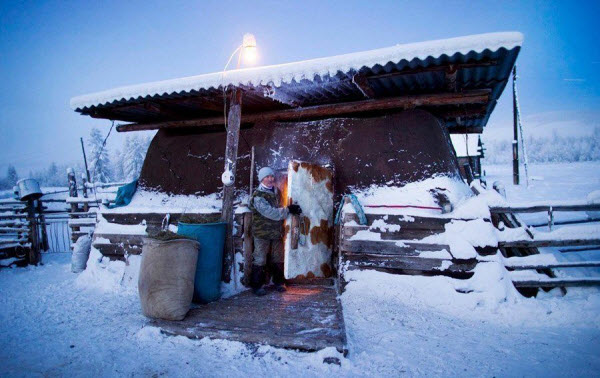
Despite this, the village is known worldwide and attracts some tourists: it is here that a temperature of -72.6°C is said to have been recorded on January 26, 1926. This remains an absolute record for an inhabited place. The condition is, however, that nobody is really sure of this figure, which was not the result of an actual measurement but of a calculation made by geologist Sergei Obruchev. Based on the temperature recorded at a local weather station, he extrapolated the value of -72.6°C.
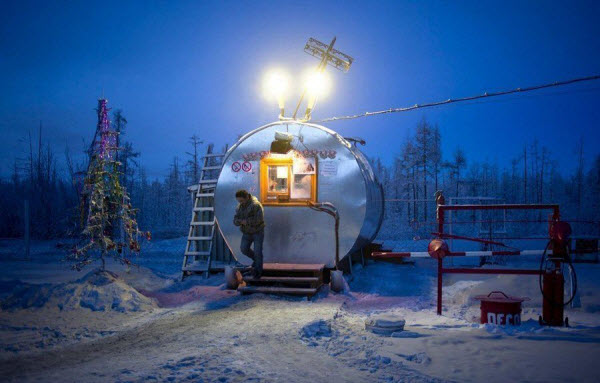
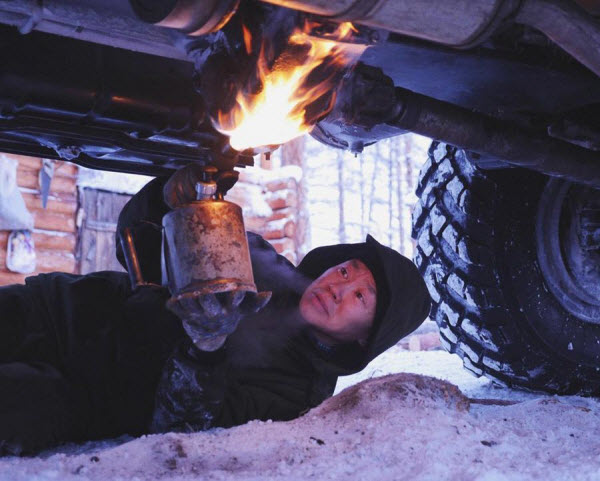
Even if it’s not perfectly accurate and other nearby villages suffer from similar extreme cold, the reality still holds. In January, the average temperature is -46.4°C. In February, it’s -42°C. In March, it’s -31.2°C. One has to wait until May for average temperatures to rise above freezing (2.7°C). July is the warmest month (with an average of 14.9°C, with occasional peaks of 25-30°C). But summer is already nearly over and temperatures drop quickly.
This is the fate of the entire northeastern Siberian region: the climate is continental (with no nearby seas to act as a buffer) and cold (the Arctic Circle is not far away). The regional capital, Yakutsk (300,000 inhabitants), which is two days’ drive away, is considered the coldest city in the world.
If it’s worse in Oymyakon, it is likely due to the surrounding mountains. They trap frigid air over the village during the long winter months, when the sun appears for only three hours a day.
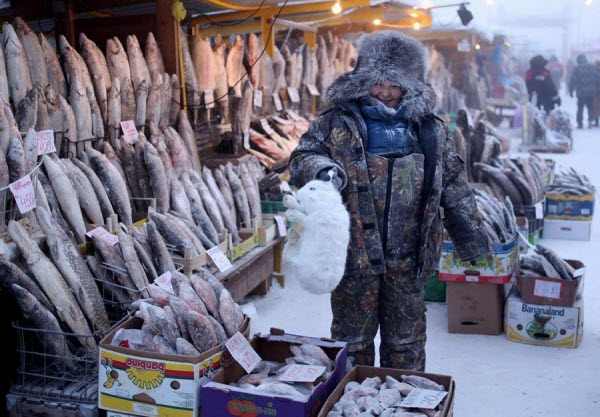
You don’t need to be a gardening expert to guess: when temperatures range between -40°C and -50°C for much of the year, nothing really grows well except ice stalactites. In Oymyakon, the ground never thaws. And residents can only stay outside for very short periods during winter.
So, why settle there? Originally, it was just a summer camp for nomadic reindeer herders. Along the Oymyakon River, which never freezes according to the village’s residents, the pastures are green. But as autumn arrives, the herds would flee from these desolate places.
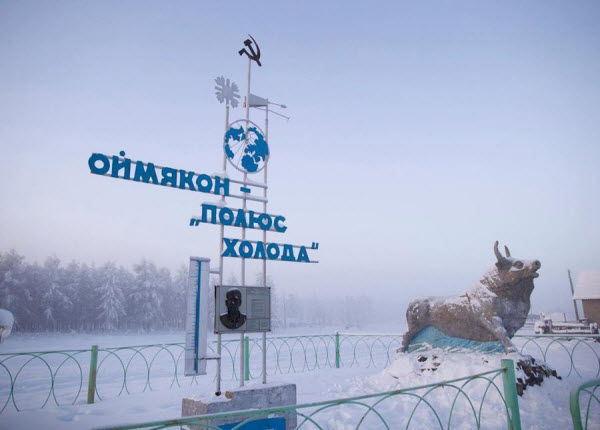
It wasn’t until the 1930s that a permanent settlement developed there. Soviet urban planners, in a great planning drive, decided it would be good for the nomads to be a bit less nomadic. They built them houses connected to a central heating system (which turns the houses into saunas… when it’s not broken), a school, a store, some streets, and a road connecting them to the wider world. But nothing changed. The population, at best, remains stagnant.
